On December 6th, Finland celebrates its independence. This day is a key moment in the nation’s history. Finland, as a Nordic country, has fought hard for its freedom.
This fight shows the nation’s strength and unity. Every year, Finns remember their freedom and honor those who fought for it.

Key Takeaways
- Finland gained independence from Russia on December 6, 1917, after centuries of foreign rule.
- The Finnish independence movement gained momentum in the late 19th and early 20th centuries, driven by a growing sense of national identity and desire for self-determination.
- Finland’s independence day is celebrated with a variety of patriotic traditions, including military parades, cultural events, and the presidential reception.
- Finland’s independence has allowed the country to emerge as a prominent player in global politics, known for its commitment to democracy, human rights, and environmental sustainability.
- The Finnish flag and other national symbols are deeply revered by the Finnish people, representing their pride and unity as a sovereign nation.
The Historical Path to Finnish Independence
Finland’s path to freedom was long and hard. It was shaped by its complicated ties with Russia and the rise of Finnish nationalism. This led to Finland declaring its independence on December 6, 1917. We’ll look at the key moments that made this achievement possible.
Finland Independence Day
Russian Rule and Growing National Identity
For over a century, Finland was ruled by Russia. This period, known as “Russification,” tried to take away Finnish culture and freedom. It sparked a strong Finnish nationalism and a wish for self-rule.
Key Events Leading to December 6, 1917
As Finnish-Russian relations worsened, important events set the stage for Finland’s freedom. The Svinhufvud government was key in these times. It fought for Finland’s right to govern itself, setting the stage for the historic declaration.
- The February Revolution in Russia in 1917, which led to the abdication of Tsar Nicholas II, provided an opportunity for Finland to assert its independence.
- The Bolshevik takeover in Russia in October 1917 further weakened the central government’s control over its territories, including Finland.
- The Finnish Parliament, led by the Svinhufvud government, seized the moment and declared Finland’s independence on December 6, 1917, a landmark event that would shape the nation’s future.
The Declaration of Independence
The declaration of Finnish independence on December 6, 1917, was a turning point. It was a bold move, driven by the need for self-rule and to keep Finnish nationalism alive. It set Finland on the path to becoming the Nordic nation we know today.
“The declaration of independence on December 6, 1917, was a defining moment in Finland’s history, signaling the end of Russian rule and the birth of a new, independent nation.”
Finland Independence Day: Modern Celebrations and Traditions
Finland’s Independence Day is on December 6th. It’s a day filled with traditions. Finns celebrate by coming together to honor their country’s freedom.
The Kynttilänpäivän kulkue, or Candlelight Procession, is a key tradition. Thousands march in Helsinki, carrying candles. They remember the sacrifices for Finland’s freedom.
Families have their own ways to celebrate. They have festive dinners, decorate homes with the Finnish flag, and watch the Itsenäisyyspäivän juhlakonsertit on TV.
There are also flag raisings, military parades, and awards. The Suomen Valkoisen Ruusun ja Suomen Leijonan honors those who have helped Finland.
Finns celebrate with pride and unity. These traditions show Finland’s strength and the pride of its people.
Symbols of Finnish Freedom and National Pride
Finland celebrates its independence with pride. The nation’s symbols, like the Finnish flag and coat of arms, show its rich heritage. These symbols guide Finland towards self-determination and prosperity.
The Finnish Flag and National Emblems
The Finnish flag is a symbol of the Nordic nation. Its blue and white colors represent the sky and snow. They show Finland’s natural beauty and the people’s resilience.
The coat of arms features a crowned lion with a saber. It symbolizes Finnish strength and sovereignty.
National Monuments and Memorials
Finland has grand monuments and memorials honoring its history. The Mannerheim Monument in Helsinki celebrates the legendary military leader. It shows Finland’s strong spirit.
The Finlandia Hall is a cultural beacon. It hosts concerts of the iconic Maamme, Finland’s national anthem. Designed by Alvar Aalto, it stands as a symbol of Finnish culture.
Patriotic Songs and Cultural Symbols
The Finlandia hymn, by Jean Sibelius, fills the streets on Independence Day. It brings a deep sense of national pride. Finnish cultural symbols, like the Finnish sauna and Midsummer festivities, add to the nation’s traditions.
These symbols unite Finland’s past, present, and future. They inspire and unite the country. They reflect Finland’s determination as a sovereign state.
Traditional Independence Day Foods and Festivities
Finns celebrate their nation’s independence with great joy. Traditional cuisine and festive traditions are key parts of the celebrations. Finnish food, rooted in Nordic heritage, is a highlight of the day, blending flavors and cultural significance.
The karjalanpiirakat, or Karelian pies, are iconic on Finnish Independence Day. These savory pastries are filled with creamy rice or potato. They reflect Finland’s historical ties to the Karelian region. Another favorite is the lohikeitto, or Finnish salmon soup, a hearty dish that warms the soul in December.
- Karjalanpiirakat (Karelian pies)
- Lohikeitto (Finnish salmon soup)
- Herring dishes, such as silli (pickled herring)
- Beetroot salad, known as punajuurisalaatti
- Diverse array of breads, including traditional ruisleipä (rye bread)
The Finnish Independence Day menu also includes sweet treats. The joulutorttu, or Christmas tarts, are a beloved dessert. They add festivity to the celebrations with their flaky pastry and prune or apple fillings.
| Traditional Finnish Independence Day Dishes | Cultural Significance |
|---|---|
| Karjalanpiirakat (Karelian pies) | Reflects the historical ties between Finland and the Karelian region |
| Lohikeitto (Finnish salmon soup) | A hearty and comforting dish that warms the soul during the chilly December celebrations |
| Herring dishes, such as silli (pickled herring) | A staple of Finnish cuisine, often served during festive occasions |
| Beetroot salad, known as punajuurisalaatti | A vibrant and nutritious dish that reflects the region’s produce |
| Joulutorttu (Christmas tarts) | A sweet treat that adds a touch of festivity to the celebrations |
These traditional Finnish foods and beverages are enjoyed with lively music, dance, and cultural celebrations. They create a memorable and meaningful Independence Day experience for Finns and visitors alike.
The Presidential Independence Day Reception
Finland’s Independence Day is celebrated at the Linnanjuhlat, or Presidential Palace celebrations. This event is held at the Presidential Palace in Helsinki. It’s a special time for Finnish celebrities and important people to come together and remember Finland’s freedom.
History of the Presidential Palace Celebrations
The Linnanjuhlat started in 1919. It was the first time Finland celebrated its independence at the Presidential Palace. Since then, it has grown into a big event. It shows off Finland’s culture and the people’s strong spirit.
Notable Guests and Protocol
The Linnanjuhlat is a big deal, with famous people from all walks of life attending. Everyone dresses up in formal attire and follows a set plan for the day.
Fashion and Social Significance
The Linnanjuhlat is also a big fashion event. Finnish celebrities and guests wear their best formal attire. It’s a chance for them to show off their style and make a statement.
| Characteristic | Description |
|---|---|
| Venue | The Presidential Palace in Helsinki |
| Guests | Political figures, business leaders, artists, and cultural icons |
| Dress Code | Formal attire, showcasing Finnish style and sophistication |
| Significance | A celebration of Finland’s independence and a testament to its national pride |
Military Parades and Veteran Tributes
The Finnish Independence Day is more than just a celebration of history. It shows the strength and spirit of the Finnish military and war veterans. The Finnish Defence Forces are key to these celebrations, showing their power and dedication to the nation.
The military parade is a highlight, with war veterans and soldiers marching together. This shows the unity and might of the Finnish armed forces. It also honors the sacrifices of Finns who fought for their freedom.
| Event | Description | Significance |
|---|---|---|
| Military Parade | A grand display of the Finnish Defence Forces, featuring marching soldiers, armored vehicles, and military aircraft. | Showcases the strength and readiness of the Finnish armed forces, while honoring the legacy of those who fought for the nation’s independence. |
| Veteran Tributes | Solemn ceremonies and wreath-laying events at national monuments and memorials, paying respects to fallen soldiers and war veterans. | Preserves the collective memory of Finland’s struggle for independence and recognizes the sacrifices made by its citizens. |
These events are more than just shows of strength. They show the Finnish people’s strong patriotism and respect for their history. By honoring war veterans and celebrating the Finnish Defence Forces, Finland reaffirms its values of freedom, democracy, and national pride.
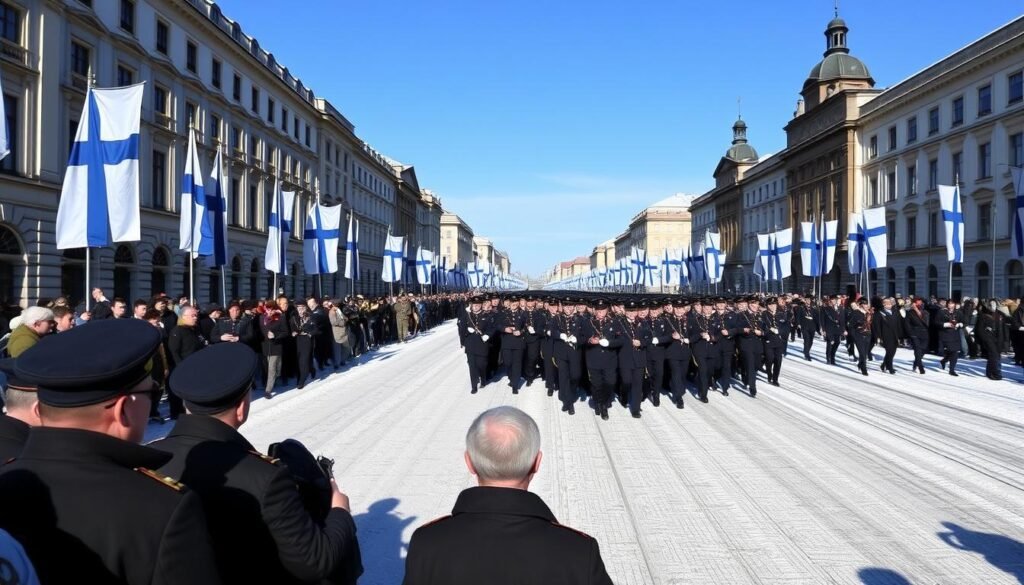
“The military parades and veteran tributes on Finnish Independence Day are not just displays of power, but a testament to the unwavering spirit of the Finnish people and their deep respect for their nation’s history.”
Finnish Independence in the Global Context
Since Finland declared independence in 1917, it has become a key player globally. It’s known for its diplomatic efforts and active role in international cooperation. This has made Finland respected worldwide.
International Relations and Recognition
Finland’s journey to independence was tough, but it quickly won respect for its democratic values and peaceful approach. Today, it has strong ties with its Nordic neighbors, the European Union, and many other countries.
Being part of the Nordic Council and the European Union has boosted Finland’s influence. It allows the country to help with international cooperation on many issues. These include trade, security, environmental protection, and human rights.
Finland’s Role in World Politics
Finland, though small, has a big impact on global politics. It’s known for its commitment to working together and staying neutral. This makes it a trusted mediator in disputes.
Finland also fights for diplomatic recognition and peaceful conflict resolution. It supports peacekeeping missions and works to keep the world stable.
Finland’s influence goes beyond diplomacy. It leads in tackling big global issues like climate change and sustainable development. With its knowledge and resources, Finland helps create a fairer world.
Modern Finland’s Achievements Since Independence
Finland has made great strides since it became independent in 1917. Its focus on education has been key. This has led to a highly skilled and innovative workforce.
Finland is also a leader in technology. It excels in fields like telecommunications, renewable energy, and digital tech. Companies like Nokia have showcased Finnish innovation worldwide.
Finland is also known for its social welfare and gender equality. It has a strong social safety net, quality healthcare, and progressive policies. These have improved the lives of its citizens.
Finland is also a leader in environmental sustainability. It focuses on renewable energy, efficient waste management, and protecting its natural heritage. This has earned it a global reputation for environmental stewardship.
| Achievements | Highlights |
|---|---|
| Education System | Finland’s education system is among the best globally. It focuses on equity, teacher professionalism, and student-centered learning. |
| Technological Innovation | Finnish companies like Nokia have led in telecommunications and renewable energy. The country also excels in digital technologies. |
| Social Welfare and Gender Equality | Finland has a strong social safety net, quality healthcare, and promotes gender equality and inclusivity. |
| Environmental Sustainability | Finland is known for its commitment to renewable energy, waste management, and natural heritage preservation. |
Finland’s achievements in education, technology, social welfare, and the environment have made it a modern and thriving nation. Its dedication to these areas has made it a model for others to follow.

“Finland’s success is a testament to the power of investing in people and the environment. The country’s achievements serve as an inspiration for nations around the world.”
Conclusion
Finland’s Independence Day is very important for the nation’s identity and goals. It reminds us of Finland’s fight for freedom and inspires new generations. The celebrations show the Finnish people’s strength and pride.
The day is more than just remembering history. It’s about showing off national symbols, honoring veterans, and the big Presidential Reception. It shows Finland’s strong Finnish national identity and its drive for a better future for Finland.
As Finland keeps making great strides, its Independence Day becomes even more meaningful. It’s a moment to look back, enjoy today, and dream of tomorrow. The Independence Day significance will keep guiding Finland towards a brighter future.
FAQ
What is the significance of Finland’s Independence Day?
Finland celebrates its Independence Day on December 6th every year. It remembers when Finland declared freedom from Russia in 1917. This event was a big step towards Finland becoming its own country.
How do Finns celebrate Independence Day?
Finns celebrate with many events. They have military parades and the President’s big reception. They also enjoy traditional food and show off the Finnish flag and coat of arms.
What are some of the key symbols of Finnish independence?
The Finnish flag, “Maamme” anthem, and coat of arms are key symbols. They are seen a lot on Independence Day. They show Finland’s pride and are part of Finnish culture.
How has Finland’s position on the global stage evolved since independence?
Finland is now a respected global player. It has strong diplomatic ties and works with the Nordic Council and European Union. It’s known for education, tech, and social welfare.
What are some of Finland’s notable accomplishments since independence?
Finland has done well in many areas. It has a top education system, leads in tech, and supports social welfare and equality. These successes make Finland a leader in the Nordic region.
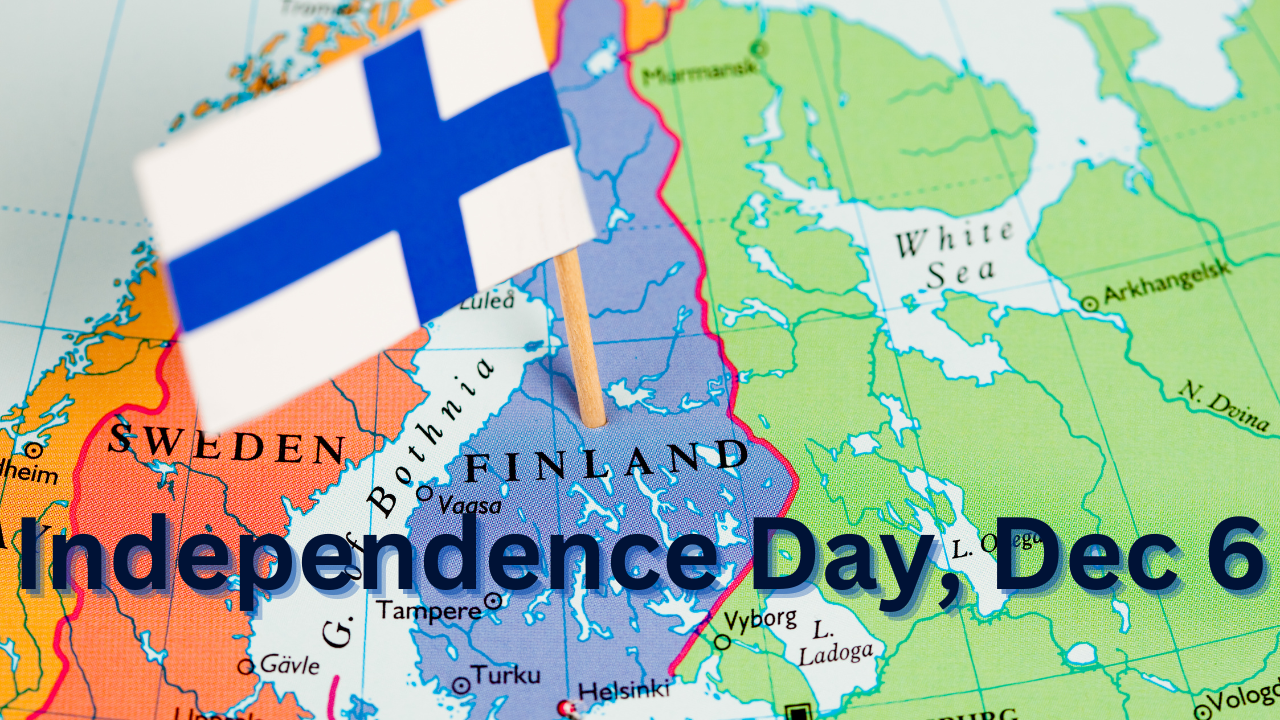
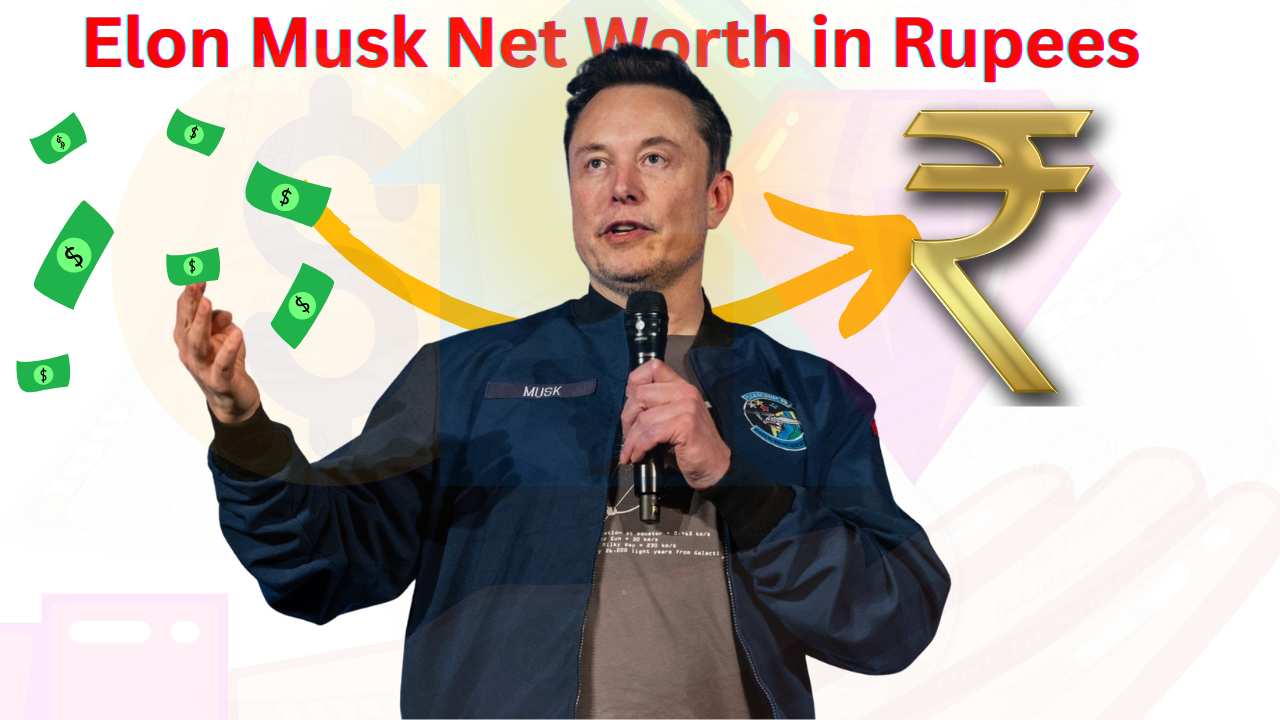
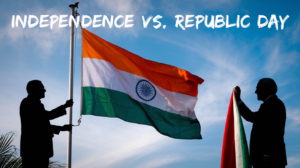
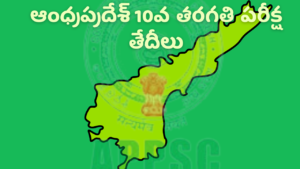

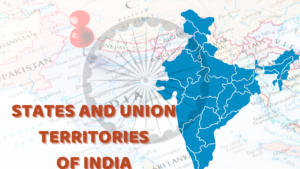
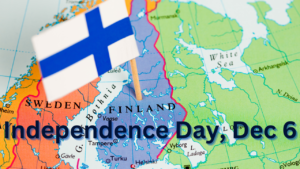



Beautifully captured! The perseverance of Finland to achieve independence is truly inspiring. I found the discussion on its turbulent past quite enlightening. I wonder, how have these historical challenges shaped modern Finland’s policies, especially in areas like global politics and environmental sustainability? If anyone’s interested in exploring related themes in tech, check out https://sebbie.pl/tag/javascript/ for some interesting parallels between perseverance and innovation. Feel free to share thoughts!